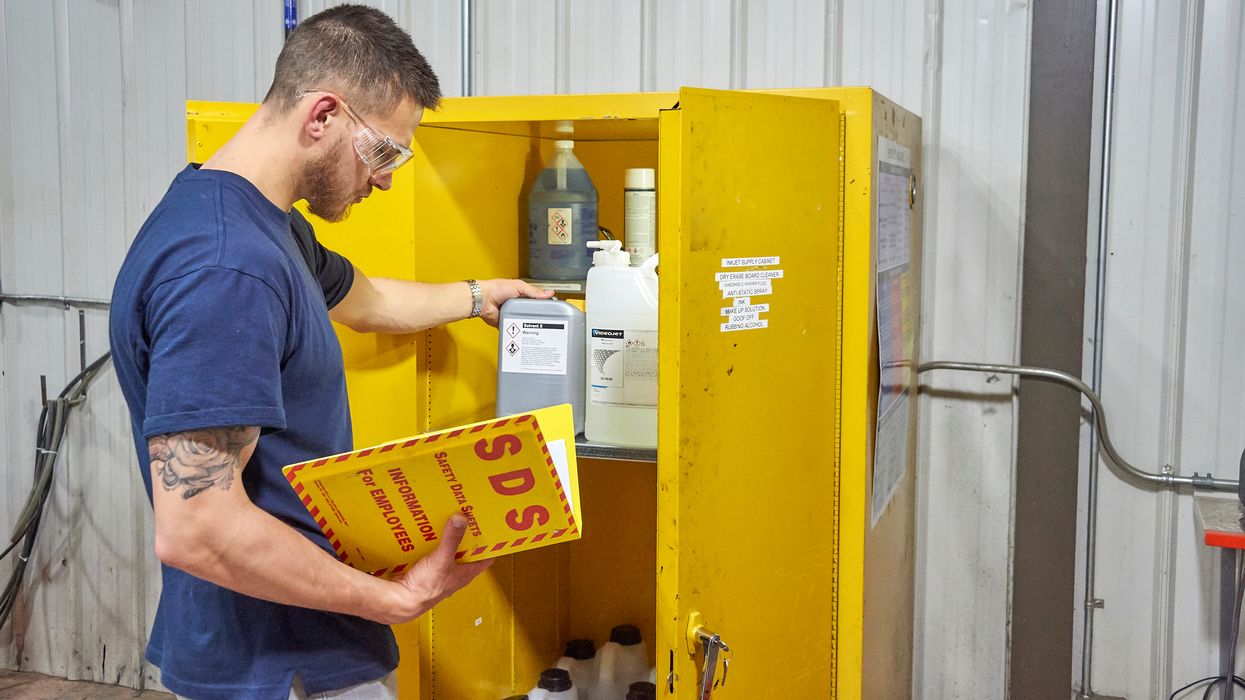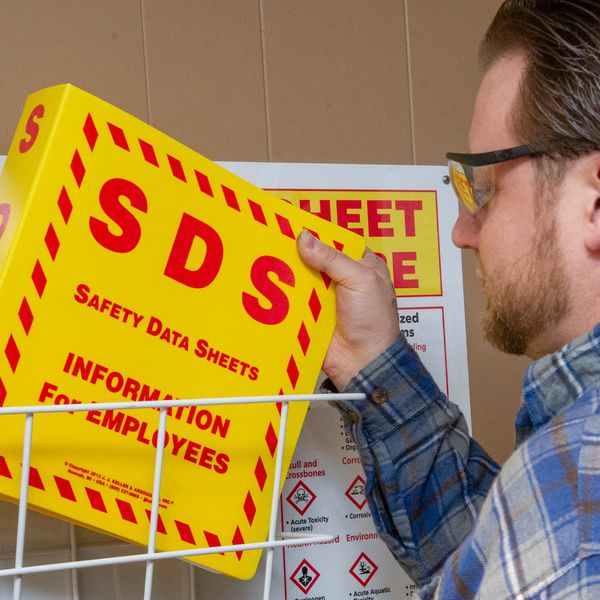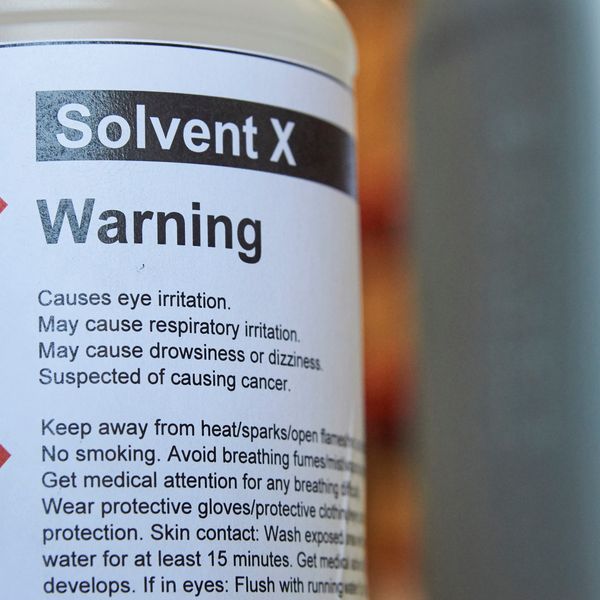Safety data sheets: How can they help?
A hazardous chemical’s safety data sheet (SDS) is the detailed source of information for that chemical. It provides information to workers and employers — what the chemical looks and smells like, the hazards, how to store it, and how to dispose of it — which can help establish appropriate protective measures.
Employees must understand the physical and health hazards of chemicals they’re exposed to, and the SDS is the detailed source for them to find that information. One reason OSHA requires SDSs to be readily available is so that employees can quickly find emergency and first aid procedures for exposures to the chemical.
A closer look
The SDS contains 16 sections. Employees will most likely reference certain sections the most, like the hazard identification, first aid, storage and handling, and exposure controls sections, which are sections 2, 4, 7, and 8, respectively.
Section 1 identifies the chemical as well as its recommended uses. It also provides the supplier’s contact information.
Section 2 identifies the hazards of the chemical and the appropriate warning information associated with those hazards. This section contains the pictograms, signal words, hazard statements, and precautionary statements.
Section 3 lists the ingredient(s) contained in the product, including impurities and stabilizing additives. It also includes information on substances, mixtures, and all chemicals where a trade secret is claimed.
Section 4 provides first aid measures. For example, it will tell your employees if they need to get medical attention as soon as possible, if they have to flush the eyes or skin for a certain amount of time, or if washing with soap and water is appropriate.
Will a portable fire extinguisher work to put out a fire involving the chemical, or will employees need a certain type of extinguisher? Section 5 will have that information.
Section 6 can help employees avoid injury when there’s a spill or release. Can they simply soak up or sweep up a spill, or do they need to apply a neutralizing agent first?
Section 7, Handling and Storage, helps your employees know, for example, when they should avoid using the chemical with other chemicals.
When should employees wear personal protective equipment (PPE)? You and your employees will find out in section 8.
Section 9 will let employees know the physical and chemical properties like color, odor, pH, flash point, and flammability.
Section 10 lists the stability and reactivity data — for instance, what happens if your employee drops a box of the chemical or if it’s exposed to air or water. It also provides information on dangerous interactions with other chemicals.
Section 11 identifies toxicological and health effects information (i.e., routes of exposure such as inhalation, ingestion, or skin and eye contact) or indicates that such data aren’t available.
The information found in Sections 12 to 15 can be useful when it comes time to dispose of, ship, or report the chemical — but OSHA doesn’t mandate sections 12 to 15. Yet note that regulatory guidance may be found in these sections, so it’s worth a look.
Section 16 is required and will have the date the SDS was prepared or last changed. Some suppliers even indicate what changes were made in the last revision.
Key to remember
Safety data sheets provide a wealth of information. Employees must be trained on how to read and understand that information in order to protect themselves when working with hazardous chemicals.
































































